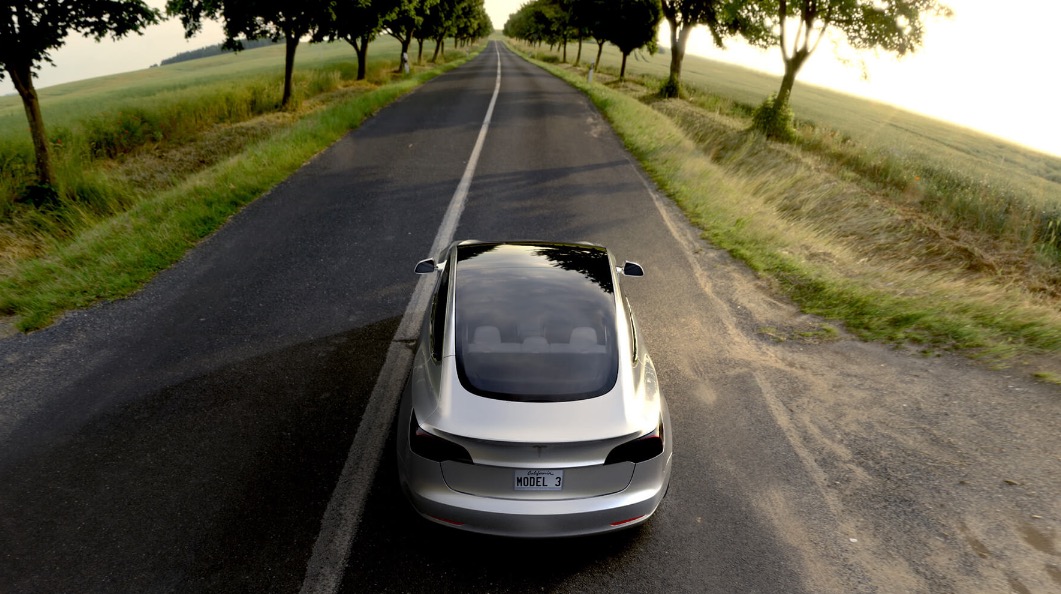
The creative community is continually tasked with the challenges presented by dark markets, brand building in a landscape that restricts and prohibits. Much has been said about dark markets. But at the opposite end of the branding spectrum, we have dark spaces, a land of creation and opportunity. We believe that it is dark spaces, rather than dark markets, that now offer the most potential in terms of a new and boundless future for branding.
So what exactly is a dark space? A dark space is a market where a product and brand has never existed before. No existing consumers, no existing pre-conceptions, no-existing ideas or ideals of what the brand stands for or even provides its consumers. And as a result, infinite opportunity – and a host of complex challenges!
SEE ALSO: Scaling Familiarity: How Language Can Help Brands Move Closer to Consumers
Interestingly, how brands enter and operate in a dark space can be seen as the polar opposite to how they approach dark markets. A brand needing to operate in a dark market is like an old star at the end of its journey having to maximise the last remaining power available to it. But a brand approaching a dark space is a brand in nebula: creating something new with the power to attract and form whole new matter.
Like dark markets, dark spaces do throw up enormous challenges full of complexity but, unlike dark markets, they also provide brand opportunity in their purest and least restricted form. We have, of course, been here before. If we look back at any historical period we see the huge cultural and commercial change instigated by the establishment of a new category – think about the introduction of tea into Britain from China or even the bringing of cultivated sugar into the New World as a food rather than a medicine. We may be centuries apart, but the opportunity for impact and uptake remains the same for a relevant and revolutionary brand proposition.
At first, we’d be forgiven for thinking that the number of dark spaces in our world is diminishing in this age of increasing global connectivity and rapidly developing markets. But, moving forward there are increasing opportunities and needs for branding products in dark spaces – new and future human needs that mean we might have to consume things we never thought would exist (think genetically modified meat, a lab-burger or entomophagy). In addition, and of even greater significance, is the fact that growing numbers of new innovations and technological developments will mean the whole world has the potential to become a dark space. And what this really represents is the very origin of branding in the sense that new categories will need to be created and, along with a new aesthetic, we will have to educate and enlighten consumers about what they’re getting and why it’s good.
RELATED: The Fallacy of the Low-Involvement Category
Essentially, mastering dark spaces is about changing the future with big ideas, harnessing challenger thinking and educating to drive the advent of this new culture and category forward. Breakthrough and success will stem from originality – and a more entrepreneurial approach – as brand owners look for new ways to redefine, propagate and revolutionize to express a novel brand vision as effectively as possible.
In an increasingly saturated and complex world, dark spaces represent a new future for branding. By adopting a new mindset, strategy and design principles, brands can start to fully challenge and realize the future opportunity and their own potential within it.
Image: Matt Wiebe